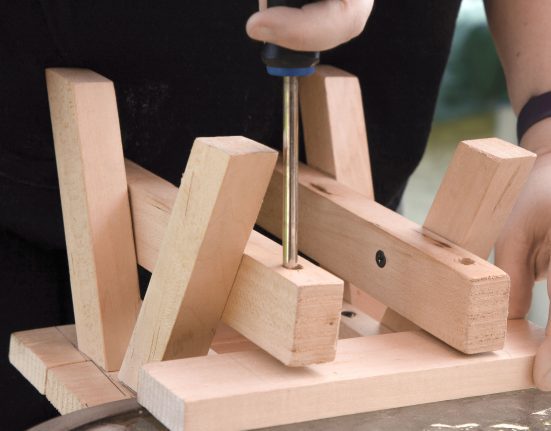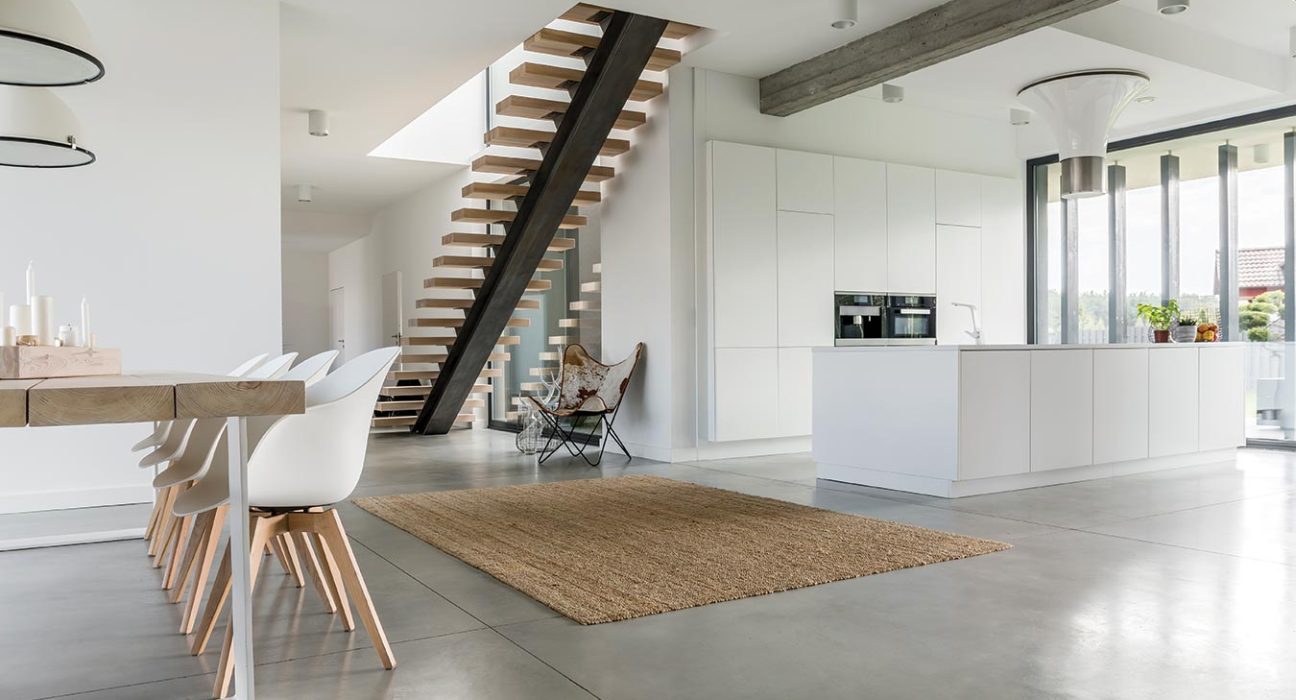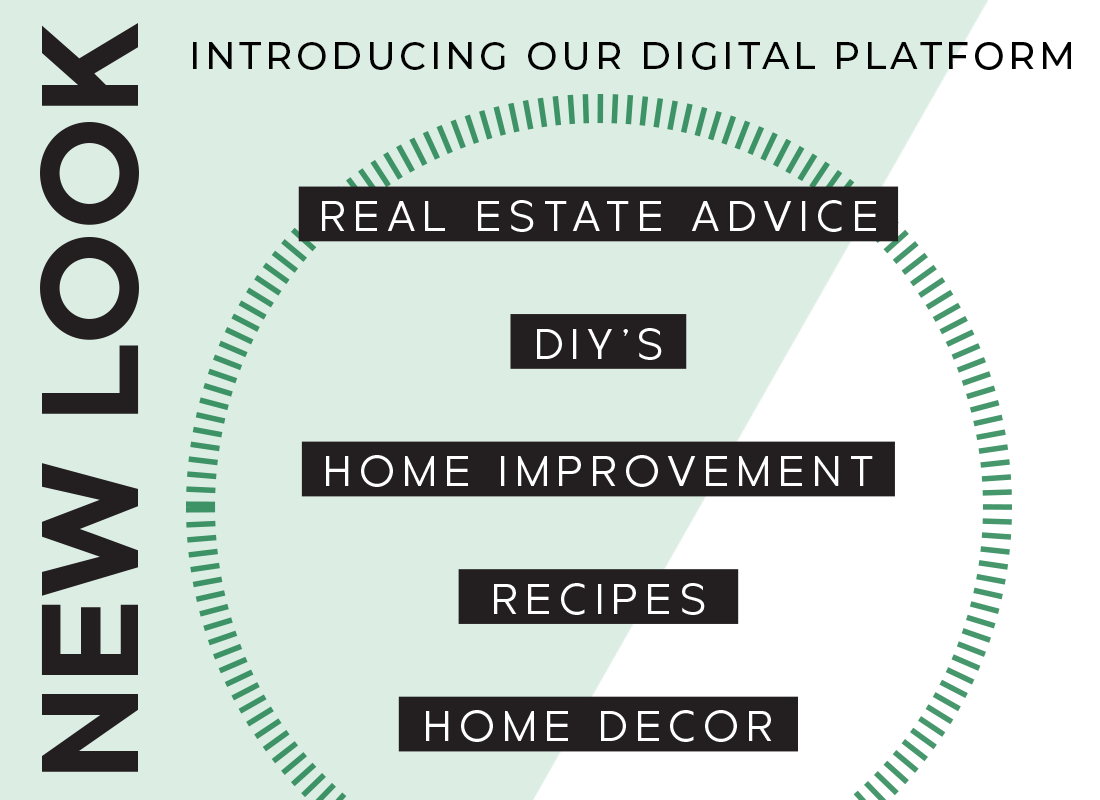My love for homes started almost 12 years ago now, when my husband (boyfriend at the time!) and I, started looking to purchase our first home.
As first-time home buyers, there were so many things we had never thought of before in a situation we had never experienced. We were lucky enough to have a trusted family member, Ruth Warner, as our agent to help us find and make a great investment.
With Ruth’s help, we quickly saw the benefits of finding a home with great “bones”, in a desirable neighbourhood with fantastic curb appeal. In the process of making this home our own, I nicknamed our efforts “a labour of love” because we tackled projects as we could, with hard work and pride. We turned the property into our own space by rolling up our sleeves, redesigning and renovating.
The current real estate market is nothing short of HOT! The discrepancy between one’s wish-list and their budget are nothing new, but this competitive market can force buyers to get a little creative to get their foot in the door.
Great design doesn’t need to cost a lot of money. Here are a few things I learned when we purchased our first home and have stuck with me that I share with my clients:
1.Paint
A fresh coat of paint can go a long way to modernize a space. It is an inexpensive and quick way to immediately transform a tired home. The transformation paint can provide isn’t exclusive to walls, dark interior doors are on trend and can be a great way to add visual interest to otherwise boring hallways.

2. Know your skillset
Owning a home requires ongoing maintenance and updating, which all come at a cost. As a first-time home owner, funds can sometimes be limited- a situation that lends itself well to DIY enthusiasts and weekend warriors. Whether it is your first home or a subsequent property, always be honest with yourself on what is truly within your abilities. A poorly completed DIY project will not add value to your investment, it will only appear as something that needs to be fixed to future buyers.

3. Have a plan
When funds are limited, focusing on rooms one-by-one is typically the most cost-effective approach. Unfortunately, this can create a disjointed feeling in a home if there isn’t a design plan ahead of time. I will often tell clients they don’t need to renovate their entire home at one time to have a big impact. We simply need to create a design plan for the home overall at the beginning so as they tackle each room there is already a plan to make the spaces cohesive.
A home that flows and connects will help future buyer see your home’s value rather than projects that still need to be done.
Don’t underestimate the value of a little elbow grease, it can go a long way into turning a dated home into a space you connect with and adore.











